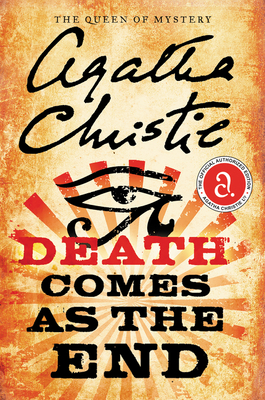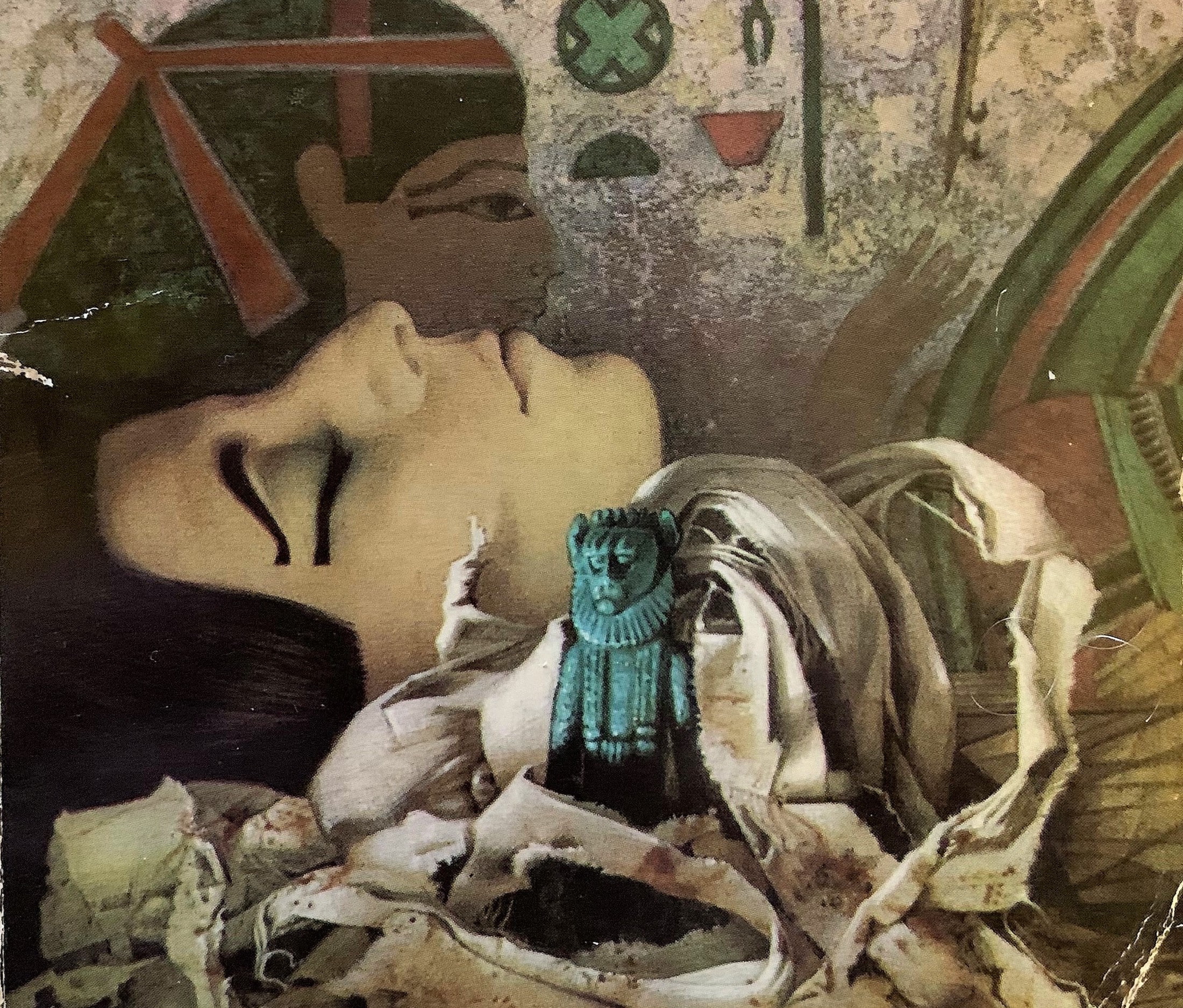Over many decades, Agatha Christie has been enthralling readers through her many intricate mysteries and timeless characters like Miss Marple and Hercule Poirot. Among all her celebrated stories, there are times when the readers encounter something so far removed from the norm so as to create wonder. There are few better examples than this than Death Comes as the End, a murder mystery with an unexpected setting.
While many mystery writers have tackled hard, complex contemporary themes and created characters that have stood the test of time, Christie did something unique in Death Comes as the End. She chose as a setting Egypt during 2000 BC, during the era of the Pharaohs. Taking place at the West Bank of river Nile, Death Comes as the End is still a murder mystery. However, due to the setting, the culture, and the characters of the time, the novel slowly but surely creates and builds an inexorable atmosphere of impending doom. Feelings can range from mild curiosity at the beginning to near-suffocation at the end, thanks to Christie’s magic with the pen.
Let us take a closer look at how Agatha Christie creates atmosphere in Death Comes as the End.
Summary of Death Comes as The End
Published in 1944, Agatha Christie’s Death Comes as the End marked a major changed for the modus operandi of Christie, who set the novel in prehistoric Egypt, making it an interesting blend of a historical drama and a crime thriller.

The setting is the bustling household of Imhotep, a high priest who is socially and financially well-placed at the time. The central character, Renisenb, is her daughter who comes back to the house after a short-lived time of matrimony and her husband’s death. As she settles into life at home with her child, things implode around her and people start dying.
It all starts when Imhotep returns from a trip with a young, beautiful concubine, who immediately foments resentment in the family and sets tongues wagging. The house is full of tension and the women in the family do not take kindly to this new addition. Finally, she complains to Imhotep about her treatment at home, and he threatens to disown his family. Things reach a boiling point and tragic events start to unfold.
The Building Tension
The concubine, Nofret, is found dead one day and the suspect pool seems to cover most people in the family, virtually all of them with solid motive.
Then family members start to die mysteriously. Imhotep believes it is Nofret’s spirit wreaking revenge but his mother Esa realizes that the murdered is very human, and most likely someone in the family.
— FOUNDATIONS OF HORROR —
Further explore these subgenres & tropes. more>>
#Egyptians: I Want My Mummy | #Mystery horror

As more bodies start to drop, the atmosphere of terror starts to quickly build. Christie masterfully entwines historical facts, figments of the culture of the time, and the quirks and idiosyncrasies of the characters, not just as people of prehistoric Egypt but also as complete, nuanced human beings, to create a nasty, suffocating feeling of dread and foreboding. The reader is almost forced to beg for relief as the atmosphere becomes more and more stifling and there is a prevalent fear of something disastrous happening with every turn of the page.
Complementing this atmosphere is the interesting and diverse set of characters, seen through the eyes of young Renisenb, paralyzed by grief but matured because of it. As things reach a head, different members of the household form ideas about the identity of the murderer. Traps are set, but eventually, those leaning in the right direction meet their ends.
The story reaches its inexorable climax in the pyramids and wide-open landscapes of prehistoric Egypt as the shocking revelation of the murdered comes to the fore. With that, Renisenb also reaches the culmination of her character arc and enters the next chapter of her life.
What Works Best in Death Comes as The End
Christie does a great job of hammering home the point that no matter the time, the place, or the characters, the human condition, emotions, and motives stay the same. They are timeless.
Love, hate, jealousy, greed, and longing form the basis of the criminal mindset over the ages. These motivations inform human conflict and cause people to cross over the threshold of civility and into the territory of dark, sordid deeds. Here, these motivations are amplified to a great degree due to the foreboding atmosphere, created expertly through the mastery of Christie.
Everything comes together in the right proportions to give this story a strange, unfamiliar yet lofty and magnificent vibe.
For fans of the whodunnit, Death Comes as the End is a welcome change. It takes timeless whodunnit tropes and places them in a time and place that most readers have not experienced much. However, it is the slow, painful build to the atmosphere that makes this novel special and cements its place in the hearts of lovers of crime novels.
Additional Reading
Death Comes as the End at HistoricalNovels
A twist: Death Comes as the End’ (1944) set in ancient Egypt
Last Updated on February 11, 2022.

